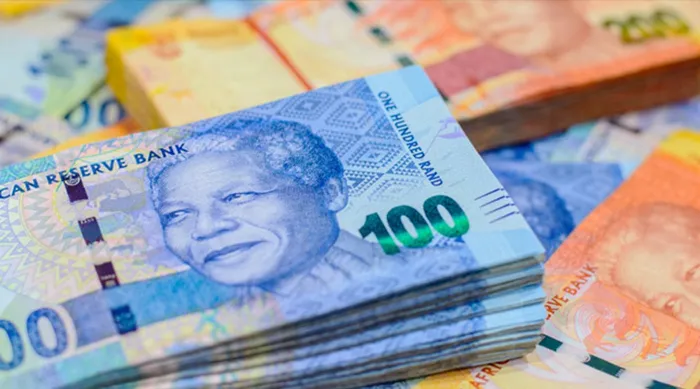Interest rate cuts offer some relief but South Africans still struggling, say debt experts
ECONOMY

Debt experts said that 125 basis interest rate cuts over the last year by the South African Reserve Bank have brought some relief to consumers but not enough to make a huge impact.
Image: File
A full percentage point and a quarter in interest rate cuts over the past year have eased financial pressure on South Africans — but not enough to make a meaningful difference, according to leading debt experts.
The South African Reserve Bank (Sarb) has reduced the repo rate by a cumulative 125 basis points since August 2024, bringing it down from 11.75% to 10.5%. While this marks a gradual easing of monetary policy after years of high borrowing costs, analysts say the relief has been offset by the soaring cost of living.
Neil Roets, the founder and CEO of Debt Rescue, said that while the rate cuts were welcome, many consumers are still under severe financial strain.
“While this 125 basis point reduction has provided some relief on paper, the reality is that most South Africans are not feeling any meaningful improvement in their financial situation. The cost of living continues to rise. Food prices, electricity tariffs, transport costs, and municipal charges have all increased sharply, leaving little room for households to breathe,” he said.
Roets noted that while lower rates have slightly reduced monthly debt repayments on home loans, vehicle finance, and personal credit, these savings are quickly being eroded by everyday expenses.
“Many families remain deeply indebted and are relying on credit just to cover the basics like groceries, school fees, and fuel. There may still be space for further gradual rate reductions, but interest rate relief on its own will not be enough,” Roets said.
“Until inflation stabilises and wages start to grow faster than the cost of living, South Africans will continue to feel the financial pressure every month, living on the edge, despite the recent cuts.”
Benay Sager, executive head of DebtBusters, agreed that the rate cuts have been helpful — particularly for households paying off homes and cars, as these loans are directly linked to the repo rate.
“125 basis points is significant over a period of time, but it probably hasn’t had as much of an impact as one might think, in the sense that during the same period, some other relief came through by way of access to two-pot retirement funds and lower inflation, for example,” he said.
However, he added that the overall impact has been “more muted than expected”, partly because other forms of relief — such as access to Two-Pot retirement withdrawals and slightly lower inflation — have already been helping households.
“There has been a significant impact for those who already have debt, particularly in terms of repayment of home loans and vehicles,” Sager said.
“I think it would have saved those consumers hundreds of rands per month on their repayment amounts, and we would definitely urge consumers to pay back more than their minimum amount if they can.”
Sager said there has also been a noticeable increase in credit activity, with both consumers and lenders showing renewed confidence.
“This has particularly been the case during the second quarter of 2025, as indicated in reports from Eighty20, Transunion and the credit bureaus, for example. This is positive as it shows there is appetite both from consumers, in terms of borrowing, and also from lenders, in terms of meeting that borrowing need.”
Professor Waldo Krugell, an economist at North-West University, said that cumulatively the repo rate cuts have probably been the biggest driver of the growth of consumer spending seen over the past year.
“The lower rates reduce interest payments on debt and free up money in household budgets (the two-pot withdrawals were the other big driver). It has been a big help for households and played a big role in the little bit of economic growth over the year,” he said.
Krugell added that people have been using the breathing room to spend.
“There is some evidence of two-pot money being used to repay debt, but the lower interest rate has helped with spending on clothing, footwear, local holidays, restaurant meals, and (imported Chinese and Indian) cars.
BUSINESS REPORT